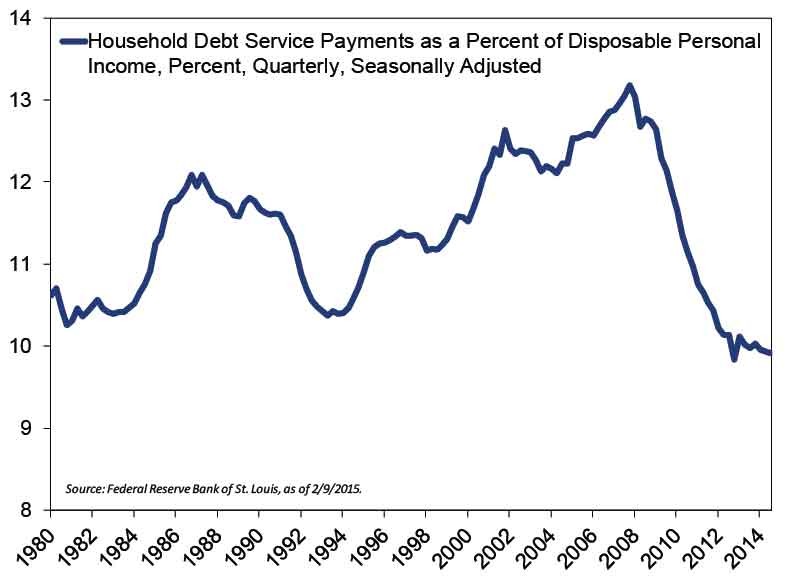Tips for Protecting Your 401(k) When Markets Tumble
Post on: 4 Июль, 2015 No Comment

About
With the Dow Jones Industrial Average ($INDU ) down 4% last week and the S&P 500 ($INX ) down 5%, many 401(k) investors may be having flashbacks to the fourth quarter of 2008 when the market sell-off sparked by the financial crisis ravaged their 401(k)s. Since May 3, the Dow has fallen nearly 1,000 points, from 11,152.83 to 10,193.39 on Friday, and the S&P 500 has fallen more than 115 points, from 1,202.26 to 1087.69.
Such a fast fall in three weeks has some 401(k) investors antsy. Some are again questioning whether to remain fully invested or flee the market ahead of a steeper correction. Since many investors recouped much of their losses from the 2008 financial meltdown during the remarkable rally from March, 2009, to April, 2010, it’s even tougher now deciding how to react to the market’s current 10% pullback. The following are some tips for protecting your nest egg.
Stay Fully Invested
Not surprisingly, most financial professionals advise their clients to stay fully invested — but with age-appropriate diversification and a strategy that fits your goals and risk tolerance. Research from Fidelity Investments shows its 401(k) clients who remained fully invested during 2008’s fourth quarter and the first quarter of 2009 during the financial meltdown ultimately made out better than investors who may have cashed out of the market or moved their 401(k) balances to more conservative options at the start of the downturn.
Beth McHugh, Fidelity’s vice-president of market insights, says the 1.6% of Fidelity 401(k) participants who dropped their equity exposure to zero from the fourth quarter of 2008 through the end of the first quarter this year experienced an average 6.8% negative portfolio performance when compared to those who stayed fully invested during the downturn and rebound.
Those individual that remained invested were the ones who really recognized the benefit from the recovery, says McHugh.
Reassess Your Risk Tolerance
However, staying fully invested doesn’t mean investors have to continue watching their investments decline. Risk appetites may have changed due to new situations in their lives or because they’re a year closer to retirement and don’t want to risk losing as much of their savings.
Since the market is going down, it’s a good time to test what they’re comfortable with investing in within their portfolio, says Jenny Rothstein, a financial consultant with Charles Schwab in Fort Lauderdale, Fla. If they’re not comfortable with [a fund] they may want to revisit it to see if they should get a little bit more conservative.
Rebalance Your Portfolio
McHugh and Rothstein say investors should maintain their age-appropriate asset allocation by rebalancing their portfolios to reflect their original goals. Portfolios may have gotten more heavily weighted toward equities during the recent rally, so investors may want to take some of those gains and redistribute them throughout the portfolio before the market falls back any further.
Look to Target-Date Funds

McHugh says as markets have gotten more volatile, Fidelity has seen an increase in the use of target-date and life-cycle funds by its 401(k) participants. These professionally managed funds are designed to automatically reset their portfolio’s asset mix to deliver the maximum returns for a predetermined date, such as retirement, or for a predetermined age group.
For those individuals who may be less confident in their ability to create and maintain their own allocation, this has been a nice alternative for them, McHugh said.
She also notes that 401(k) clients that modeled their portfolios after the asset allocations of target-date funds tended to do better than those who didn’t. Investors might consider switching to these types of funds, allocating a portion of their portfolio to these funds or modeling the weightings in their portfolio after these funds.
Keep Contributing
Rothstein notes that one of the key principals of investing is to buy when prices are low, so as the market has gone down this month, she says investors should continue to buy into investments they believe in at lower prices. They will then reap the benefits of dollar cost averaging when the recovery raises the market again.
You want to be in the market when it’s going up, but you also want to be buying into it when it’s going down, says Rothstein.
Investors appear to be heeding that advice. McHugh says over the last four quarters, more Fidelity investors have increased contributions to their 401(k) accounts than have decreased them. She notes that some of the trend may be because people overall seem more confident and committed to their retirement plan and recognize that they need to save at healthier savings rates — somewhere between 10% and 15% of their income.














